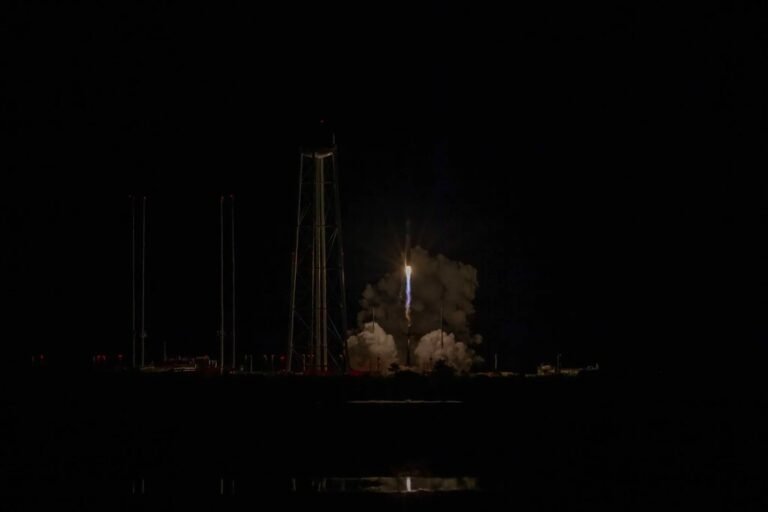
An internal congressional memo viewed by TechCrunch casts strong doubt on Rocket Lab’s claim that its Neutron rocket will be ready for launch in time to meet a crucial contract deadline from the Space Force.
In response to industry feedback, Space Systems Command changed its procurement strategy for the next batch of national security launch contracts to accommodate newer launch providers.
Neutron is Rocket Lab’s medium-lift vehicle and is being added as a complement to its successful small Electron rocket.
Uncertainties around Archimedes’ hot fire tests are “the biggest issue” in Rocket Lab’s claims, the memo argues.
It also highlights proprietary timelines shared by other launch providers that suggest there is much work left to be included in RFPs by the VCSFA.
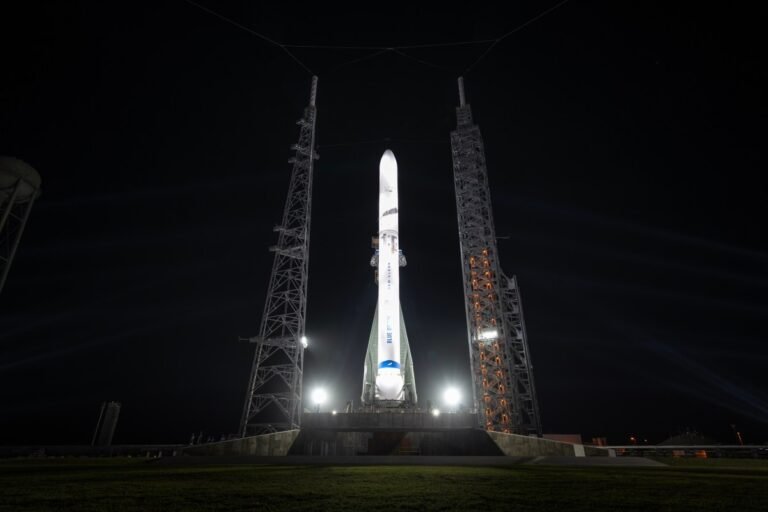
The test version of the rocket is all Blue Origin hardware, but not all of it will necessarily end up going to space.
Tests are anticipated to take at least a week, Blue Origin CEO David Limp said on LinkedIn.
(The BE-4 engines gained flight heritage earlier this year, when they powered United Launch Alliance’s first Vulcan Centaur rocket launch.)
The 320-foot-tall launch vehicle is Blue Origin’s first heavy-lift rocket, designed to launch more than 45 tons of payload to low Earth orbit.
Blue Origin has also scored launches for telecom providers Telecast and Eutelsat for later this decade.
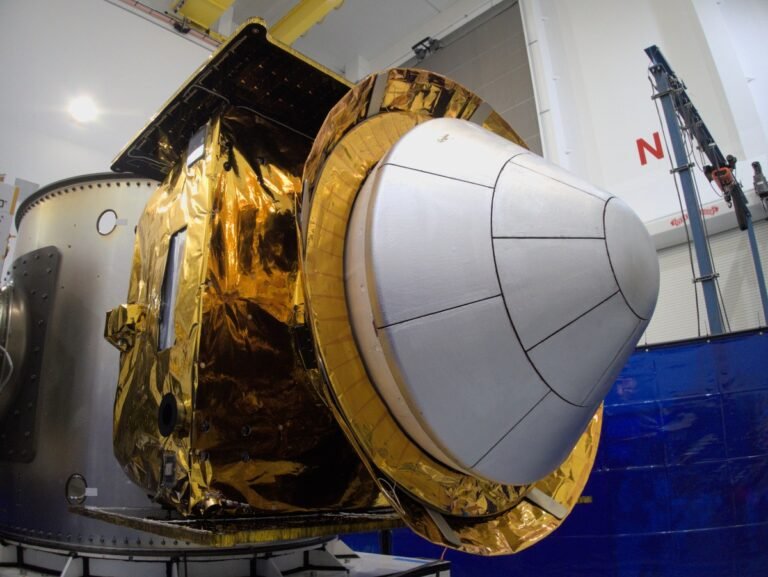
A spacecraft containing pharmaceutical drugs that were grown on orbit has finally returned to Earth today after more than eight months in space.
Varda Space Industries’ in-space manufacturing capsule, called Winnebago-1, landed in the Utah desert at around 4:40 p.m. EST.
The first-of-its-kind reentry and landing is also a major win for Rocket Lab, which partnered with Varda on the mission.
Rocket Lab hosted Varda’s manufacturing capsule inside its Photon satellite bus; through the course of the mission, Photon provided power, communications, attitude control and other essential operations.
Varda’s mission launched on June 12 and was supposed to be just a month long, but it was extended after the company encountered regulatory issues.

French small launch developer Latitude has closed $30 million in new capital as it eyes the first flight of its Zephyr rocket in 2025.
While other rocket companies are going bigger, developing even more massive rockets, Latitude is taking a different approach: light, small, and hopefully cheap enough to beat out competitors.
Its first rocket, Zephyr, will stand at just 62 feet and will be capable of delivering up to 100 kilograms of payload to low Earth orbit.
The two-stage rocket will be powered by eight 3D-printed engines called Navier, which Latitude is developing in-house.
In a statement, Latitude CEO and cofounder Stanislas Maximin said 2024 would be a “pivotal year” before Zephyr’s first flight in 2025.
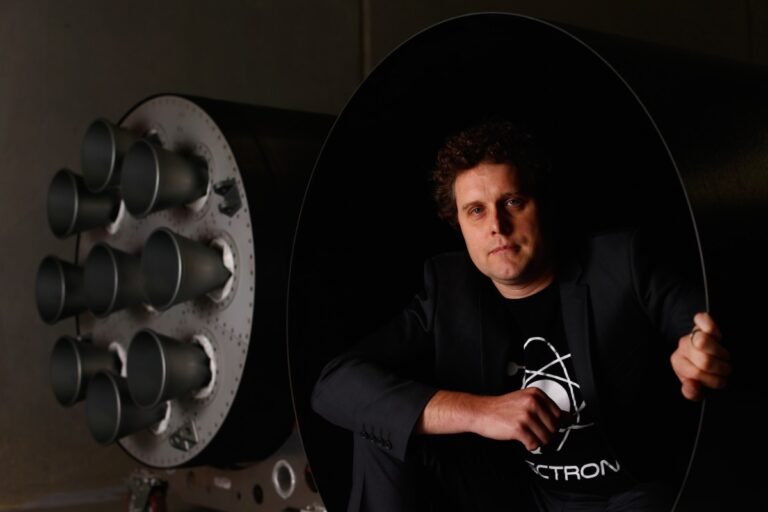
The Space Development Agency is the mystery customer behind Rocket Lab’s up-to $515 million, 18-satellite order announced in late December, the two firms announced today.
In a regulatory filing from December 21, Rocket Lab said it would “design, manufacture, deliver and operate 18 space vehicles” for an unnamed U.S. government customer.
Under the contract, Rocket Lab will deliver and operate a prototype constellation in two orbital planes of nine satellites each.
Rocket Lab will not be providing the communications payload, and company executives declined to name that provider during a press release Monday.
“We welcome Rocket Lab as the newest member of Team SDA and our third performer on the T2TL- Beta program,” said Derek Tournear, SDA director.
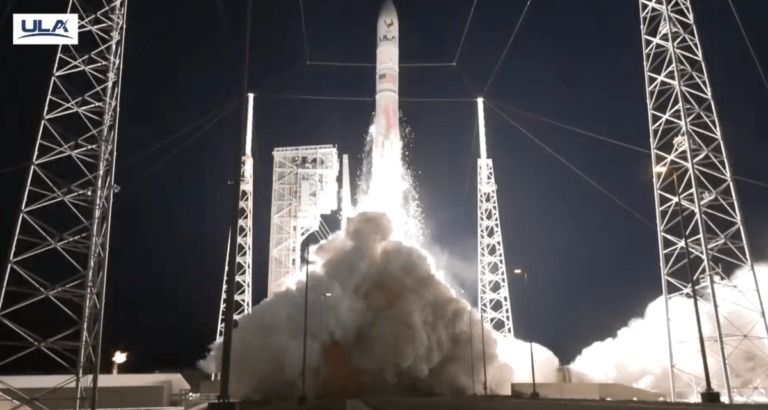
The company’s next-generation rocket Vulcan Centaur successfully lifted off in the early hours of Monday, and its primary payload, a lunar lander from Astrobotic, is now on its way to the moon.
The heavy-lift rocket took off from Cape Canaveral Space Force Center at 2:18 AM EST Monday.
The Centaur executed two more burns to get Astrobotic’s Peregrine lander on the correct trajectory to the moon.
With those complete, the lander, called Peregrine, will now embark on a one-and-a-half month journey to the moon.
The launch and subsequent journey to the moon are a watershed moment for both United Launch Alliance and Astrobotic.
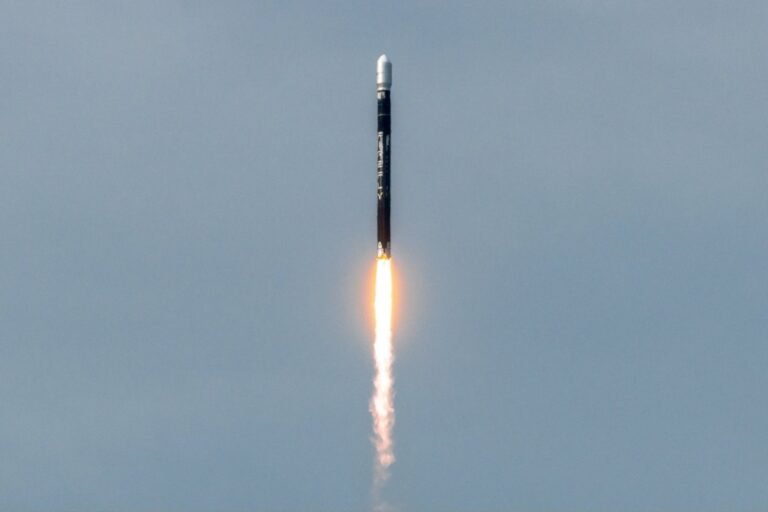
Firefly Aerospace sent its Alpha rocket to orbit this morning, with the company carrying a payload from Lockheed Martin to space.
Today’s launch marks the fourth-ever flight of Firefly’s Alpha rocket.
The rocket was carrying Lockheed’s demonstrator payload, called the Electronically Steerable Antenna (ESA) technology demonstrator, to low Earth orbit.
From there, the Lockheed Martin payload should have been deployed.
For that mission, Firefly had just 24 hours to complete final launch preparations, encapsulate the payload and mate it to the rocket.
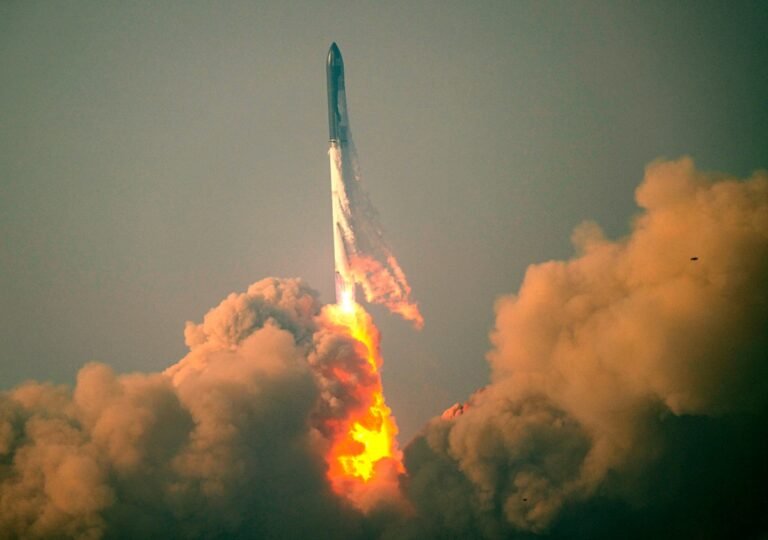
This year was tough for many space companies, and we aren’t trying to paper that over with our optimism.
Advanced satellite operations demonstrationsIn the broadest possible terms, a huge portion of space startups are interested in increasing the number of things a satellite can do in space.
Another hot area of satellite operations involves in-space manufacturing and satellite reentry.
Next year, we expect to see more demonstrations from startups looking to execute state-of-the-art satellite operations.
2024 should be chock full of exciting tests and new developments from other companies looking to take their slice of the launch market.
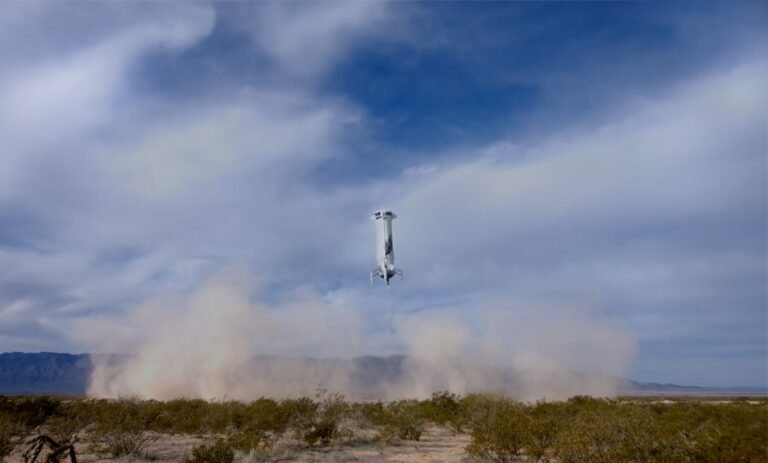
Blue Origin’s New Shepard is officially back in action, with the company today successfully launching the suborbital rocket for the first time in more than 15 months.
The rocket lifted off from Blue Origin’s launch site in West Texas at around 10:42 a.m. local time.
The mission successfully concluded after a period of 10 minutes, when the capsule safely returned to Earth after a brief suborbital flight.
This is the first time Blue Origin has launched New Shepard since September 2022, when an anomaly triggered an auto-abort mid-flight.
Blue flew New Shepard four times in 2022, including the failed launch.
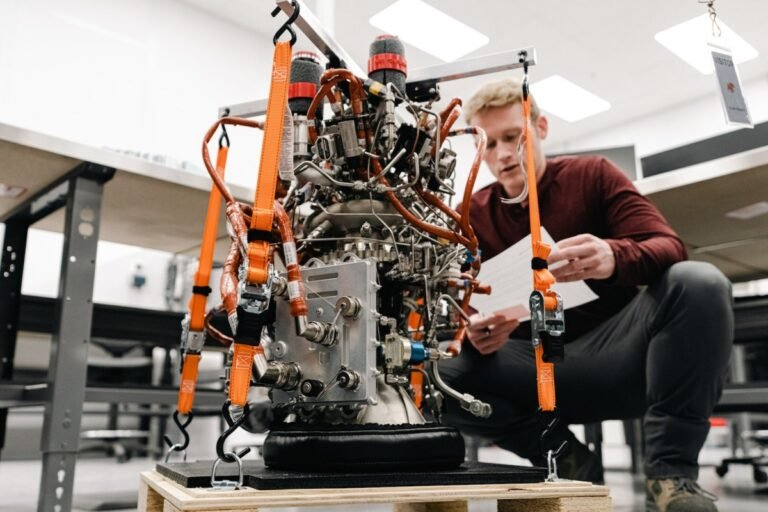
Astra’s new Rocket 4 launch vehicle will be the most powerful in the world, thanks to Ursa Major’s Hadley liquid engine. This engine allows the rocket to reach incredible speeds…













